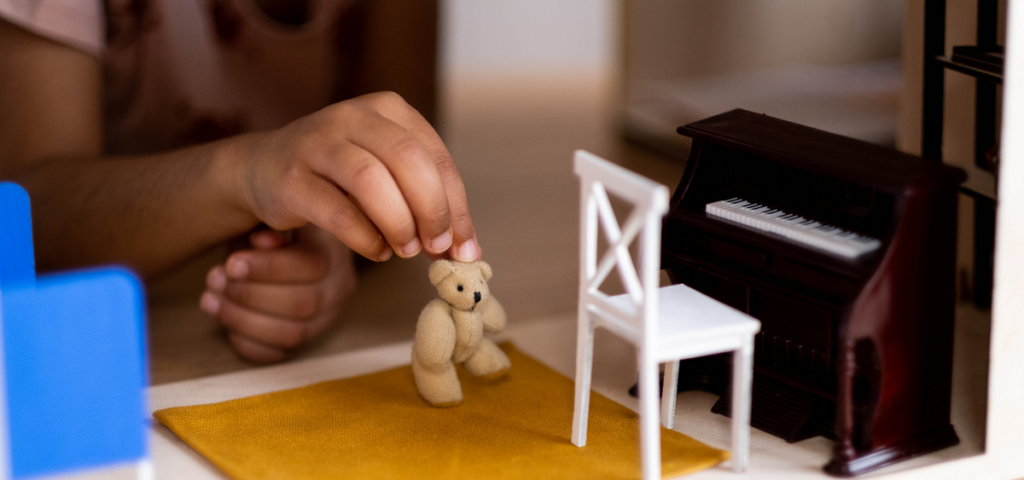When a judge examines a case involving a child, they must always consider the child’s interest in their decision, no matter the issue at hand. In April 2022, the Youth Protection Act was amended to confirm the importance of this consideration. A recent court decision concerning a difficult family situation highlighted the importance of this principle.

A difficult family situation
It all began in 2021. Two girls, then aged 8 and 10, were placed in temporary foster care by a court judgement. Their mother and respective fathers faced personal challenges: drug abuse and addiction, irresponsible behaviour and unstable lifestyles. In 2023, the court was asked to give another judgement to decide whether the girls should remain in foster care.
The Director of Youth Protection (DYP) requested that the children remain with their foster families until they turned 18. The mother and father of the youngest girl did not object. Only the father of the eldest girl wanted his daughter to come and live with him as soon as possible.
“In the child’s interest”: a rule of law
The idea of “the child’s interest” is what dictates the rules of youth protection. In fact, it’s a term that has been used in the Youth Protection Act since its earliest versions.
Prior to the 2022 amendments, the law referred to the importance of keeping children in their family home. The intention was to ensure stability for the child without delay, but all decisions still had to respect the fundamental principle of the child’s interest.
In other words, the child was to be removed from their family only if it was impossible for the family to meet the child’s needs. Assistance would then be offered to the parents to help them regain control of the situation and allow the child to return to the family home. The law stated that the child was first and foremost the responsibility of their parents.
In 2022, the government reinforced the importance of the child’s interest over all other considerations. The rule now is to ensure that the child’s needs are met, and only to give priority to keeping the child in the family home when this is in the child’s best interest.
The child’s return to their biological family is therefore not a deciding factor when it comes to making a decision in their interest.
What is a child’s interest?When a court has to make a decision in a child’s interest, it looks not only at the child’s moral, intellectual, emotional and physical needs, but also at their age, health, character and more. Simply put, the child’s overall situation must be examined, and no single factor is decisive. |
A safe and stable living environment
Let’s go back to the two girls’ situation. The court concluded that it was in their interest to remain with their respective foster families. Each of the girls had adapted well to the new lifestyle and forged an emotional bond with their foster parents. The foster families were very involved in their well-being and development. What’s more, the girls themselves stated that they wanted to stay with their foster families.
Between 2021 and 2023, there were few changes to the biological parents’ situations: addiction relapses, problems managing emotions, lack of stable housing and employment… Each biological parent still needed to take steps to ensure a healthy relationship with the girls.
A child’s biological bond with a parent is just one of the factors that help courts make decisions. In this case, the girls’ interest demanded that they stay with their foster families for greater stability and security.
This does not mean, however, that in the eyes of the court, the biological family should be completely sidelined! The girls still get to see and have contact with each other and with their biological parents, according to their needs.





